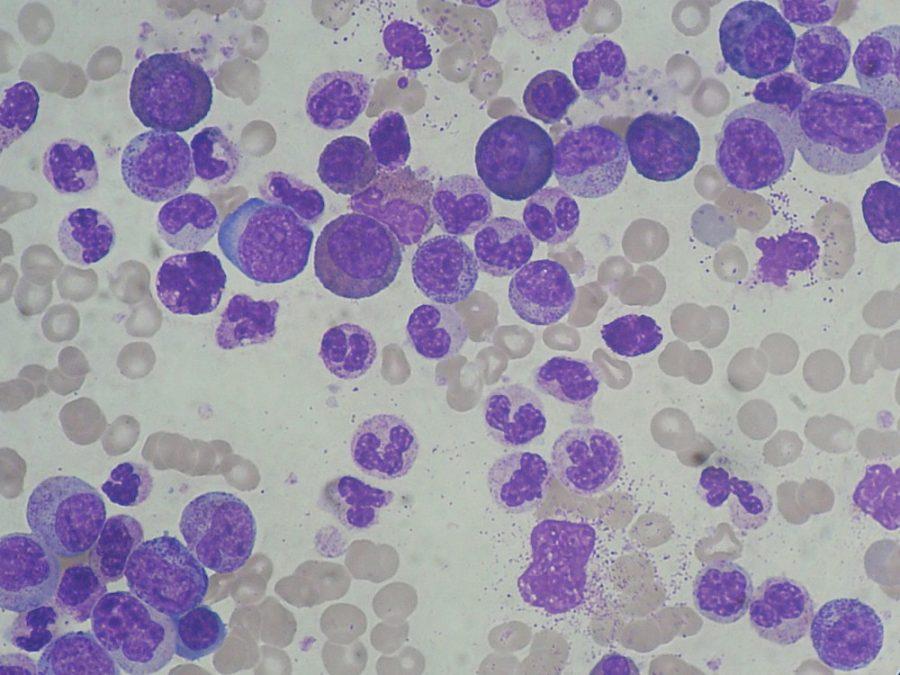Spring Fling wasn’t the only exciting thing to happen last week. There were a slew of scientific discoveries, ranging from engineering improvements to cancer fighting cells, that are set to impact the world.
Stronger steel design mimics human bone structure
Researchers at MIT have designed a new type of steel, drawing inspiration from human bone structure that is less likely to be damaged by stress fractures than traditional steel.
The project was undertaken to find a solution to a major engineering flaw in the material; steel often develops small cracks when exposed to stress, such as daily traffic or heavier weight. These small, nearly imperceptible cracks eventually degrade the structure to breakage as it is exposed to more stress.
The researchers looked to the human bone for inspiration, as the skeleton itself routinely withstands great amounts of stress. This resilience is a result of a bone’s internal structure: aligned fibers that connect into cylinders.
This skeletal architecture was incorporated on a much larger scale. Layers of crystal structures were overlaid to create a structure that would be pliable yet strong. Initial tests have yielded success, but MIT materials science professor and study coauthor, C. Cem Tasan, said there is a lot more work to be done before the new steel can be used in construction.
Study discovers that babies learn language earlier than initially believed
A Dutch study demonstrated the strength of early language learning by testing adults’ language retention.
Researchers from Radboud University in Nijmegen, Netherlands tested 29 native Dutch speakers and 29 Dutch speakers who had been adopted from South Korea. Half of the South Korean-born individuals had arrived in the Netherlands before speaking age, while the other half were adopted when they were older than 17 months.
Participants were asked to speak Korean words in an effort to see how well they were able to learn pronunciation. The South Korean-born Dutch speakers were able to more easily identify the words and pronounce them correctly. It is believed these individuals had already built a foundation for learning the language, even those who would have heard it before speaking age.
This contradicts the previously-accepted theory that babies begin gaining language skills around 6 months of age. It offers evidence for the theory that this learning may begin during pregnancy, which has lead many expecting mothers to read and play music for their child(ren) while in the womb.
RELATED: From sunburn to skin cancer: facts for the sunshine season
Cancer-targeting cells increase survival chances for leukemia patients
Researchers at Memorial Sloan Kettering Cancer Center in New York City have genetically engineered cells designed to target immune B cells, cancer cells which start in bone marrow and rapidly multiply until they begin infecting other parts of the body. The B cells cause acute lymphoblastic leukemia, a cancer that affects white blood cells. Survival rates are low, particularly when a patient experiences relapse.
However, the genetically engineered cells, named CAR-T cells, may help combat this. 51 people whose cancer had resurfaced were given the treatment, and the results were surprising.
The majority of the 20 people who had minimal amounts of cancer cells survived with no relapse five years after the treatment. Those who had a larger percentage of infected cells weren’t as fortunate— the average time it took for these patients to relapse after the CAR-T cell therapy was 6.3 months. They also suffered from much more severe side effects, such as nerve problems.
While the researchers haven’t discovered an explanation for the varied responses, they still believe that CAR-T cell therapy may be the best chance for many leukemia patients.
RELATED: NASA reveals nearby planets that could support life
Atmosphere discovered on Earth-like planet
A team of astronomers led by scientists at UK’s Keele University and Italy’s University of Rome Tor Vergata have detected an atmosphere surrounding an Earth-like planet called GJ 1132b.

Using a powerful telescope located in Chile, the astronomers were able to document a change in brightness around the planet that indicated an atmosphere. This is a large step forward, as scientists believe that a planet with an atmosphere is essential to discovering life beyond Earth. By observing changes in the chemicals of a planet’s atmosphere, scientists will be able to determine if living organisms are the cause.
Despite their similar sizes, GJ 1132b has a notably different environment than Earth, including higher temperatures. This could indicate a quite different type of life that could be found living on its surface. Several other organizations, including Hubble Space Telescope, are now taking up study and exploration of GJ 1132b.
RELATED: NASA reveals nearby planets that could support life
RELATED: From sunburn to skin cancer: facts for the sunshine season
Follow Nicole Morin on Twitter.









